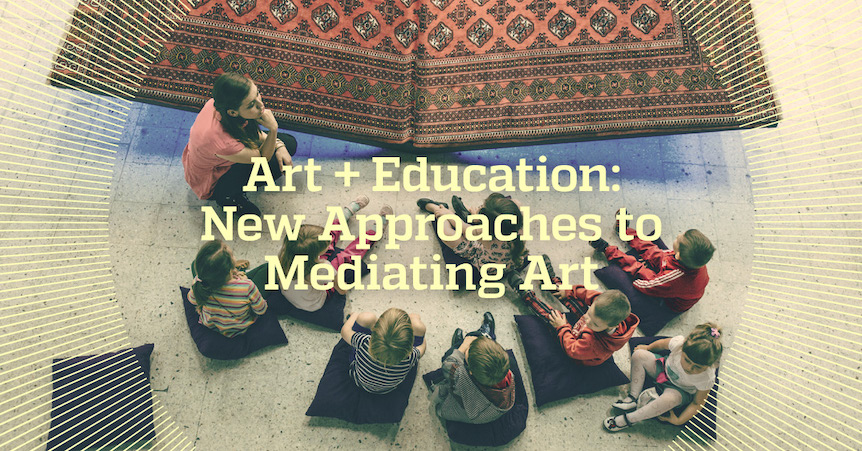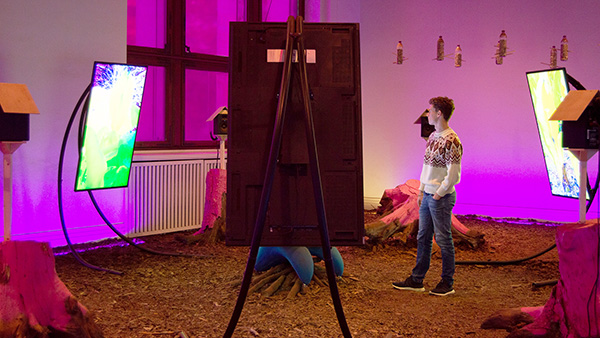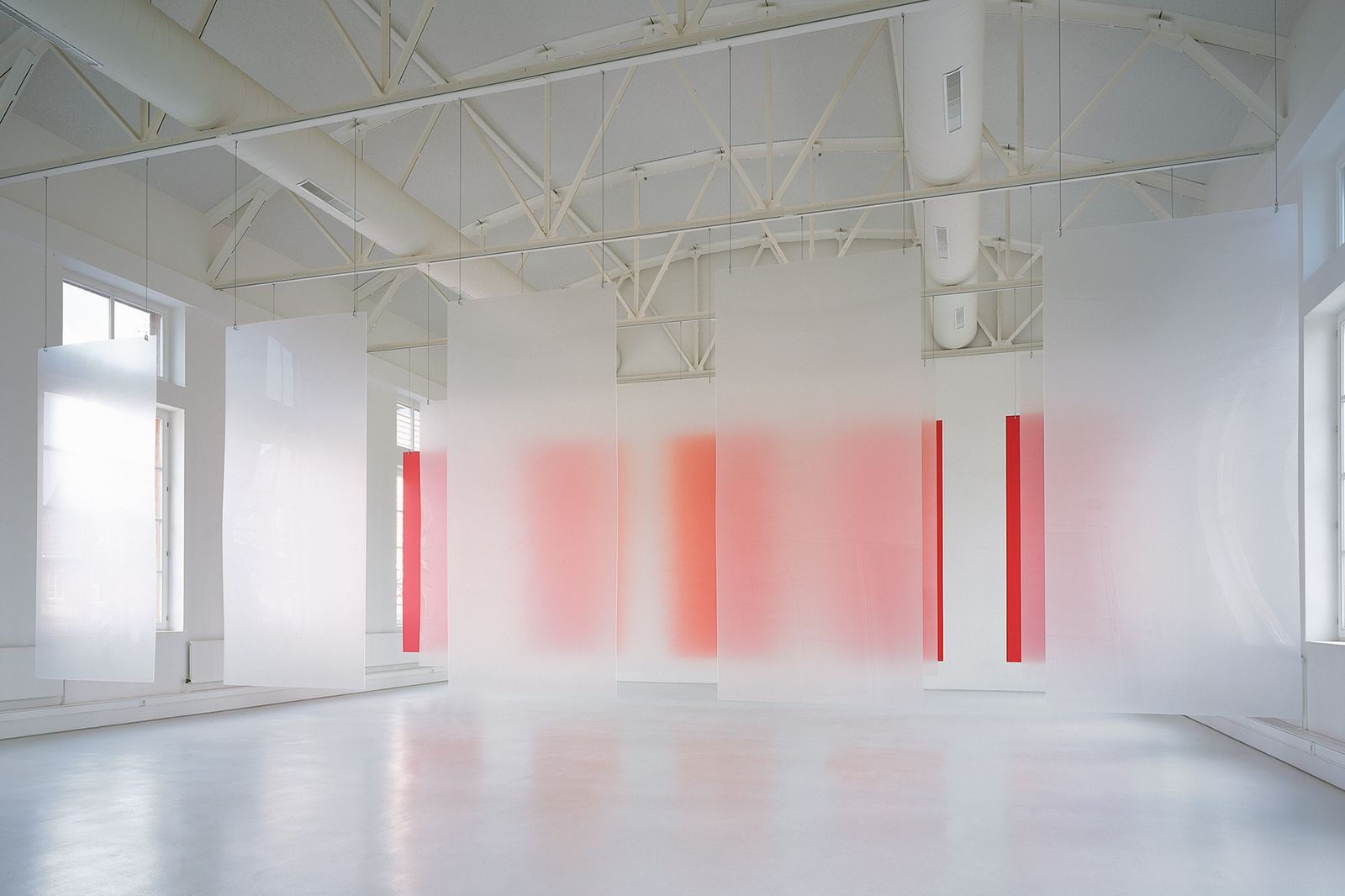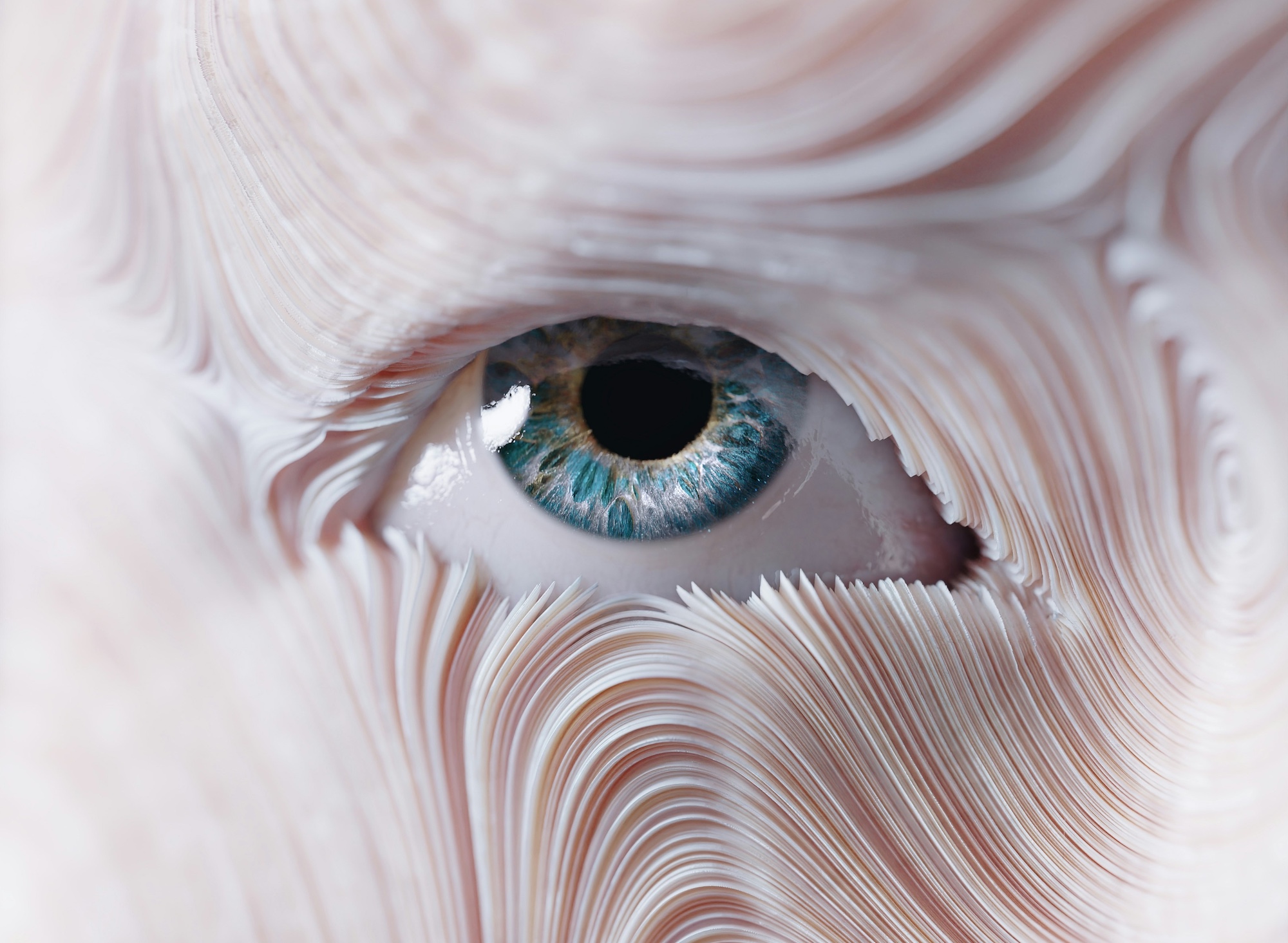Online course by Node Center with Invisible Pedagogies, Andrea De Pascual
Duration: Mar 11 – Apr 1, 2020
Fee: 154€
Max seats: 30
Enroll before: Mar 7, 2020
Dedication: 3 hrs/week
In this course, taught by Invisible Pedagogies collective, we will explore the best practices for developing educational and cultural mediation programs in artistic centres, taking into account the local context and audience diversity. We will work with resources and tools to develop educational program models that are capable of involving the context in which the institution is located and opening an active dialogue between the institution and the public.
Applying the DAT methodology (detect, analyze and transform), we will address fundamental questions about art educational programming such as: what kind of mediation do I want to develop? What formats are more suitable? How can I activate cultural processes with different communities? What proposals can I develop to promote cultural inclusion?
This course is aimed at cultural managers, curators, educators, and those interested in developing educational and art mediation programs within the artistic context.
Program
Session 1 – Invisible pedagogies and the DAT method
When it comes to addressing an art mediation project, the first thing we must do is build a statement. For this, it is essential to bear in mind that no institutional context is neutral and that varieties of learning occur invisibly. The theme of this session will, therefore, revolve around the invisible pedagogies of cultural institutions and how, through the DAT method, we can make them visible.
• Definition of invisible pedagogies. Where to find them in cultural institutions?
• DAT method
• The power of directionality: explicit and non-explicit learning
• Performativity: new ways of thinking, doing and being
Session 2 – Pedagogical formats
With a clear statement of our position as art mediators, it is time to think of how this is going to look in practice: what formats can I develop? In what way? There are a wide variety of established art mediation formats that we can learn from, but in order to develop an approach that fits with our interests and aims, it is essential to understand our role as creators of experiences and cultural producers. In this session, we will explore the relationships between creative processes and educational strategies.
• Formats and practices in art mediation.
• Art mediation as a creative practice.
• Links and transfers between different agents involved in art mediation.
Session 3 – Diversity and inclusion
To develop a project in art mediation, it is essential to analyze the invisible pedagogies of the contents on offer and the participants to whom they are addressed. We have to be aware that diversity is a reality in our society but it is not always reflected in art institutions. The transformation of institutions to welcome diverse audiences involves developing new skills that enable learning, communication and development with different bodies, cultures and identities.
• Diversity and representation: the public is not a neutral category.
• Normativity and dissidence of gender, sexuality, race and abilities.
• The value of the bodies: thinking and feeling from the realities we inhabit.
Session 4 – Creative strategies
With awareness of the political and social potential of art mediation, to finish the course, we propose to address all these issues from experiences that place pleasure and amusement in the centre. In this session, we will deepen how to generate practices in cultural mediation by working with contemporary artistic strategies such as estrangement, defamiliarization and surprise.
• Claiming pleasure for mediation processes.
• Divergent thinking and collaborative work as key strategies.
• Visual voice: a new place to generate discourses











